Key Topics:
Introduction to desiccant drying technology: principles and advantages
Understanding how desiccant dehumidifiers differ from conventional refrigerant dehumidifiers
Selecting and sizing desiccant dehumidifiers for various environments
Specialized drying tools and techniques: air movers, heaters, and negative pressure systems
Expanding drying capacity with desiccant systems: dealing with high moisture loads and large spaces
The role of desiccants in controlled drying environments: temperature and humidity management
IICRC S500 guidelines and best practices for desiccant drying applications
Case studies of desiccant drying in complex water damage scenarios (e.g., industrial buildings, large loss, and high-humidity environments)
Maintenance and troubleshooting of desiccant drying equipment
Safety considerations when using desiccant dehumidifiers in restoration projects
Upon completion, participants will have a strong understanding of desiccant drying systems and how to use them effectively to expand drying capabilities in large or challenging water damage situations. They will also be able to incorporate desiccant dehumidifiers and other specialized tools into their drying strategies while ensuring compliance with industry standards and achieving optimal drying results.

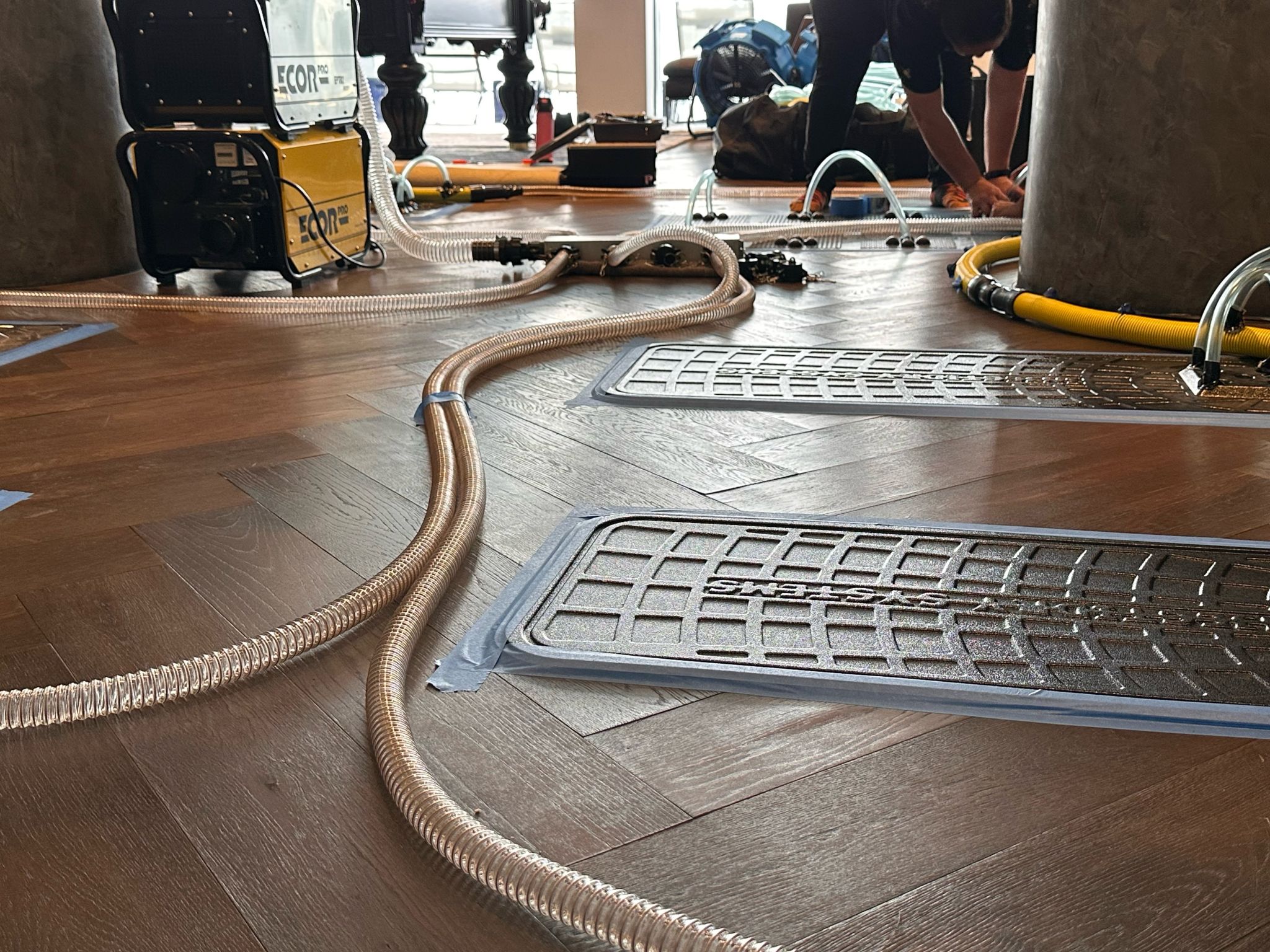
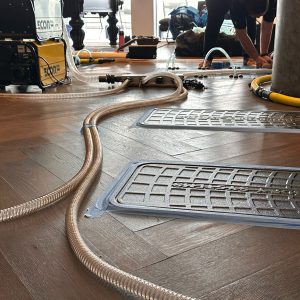
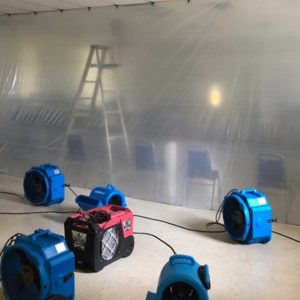
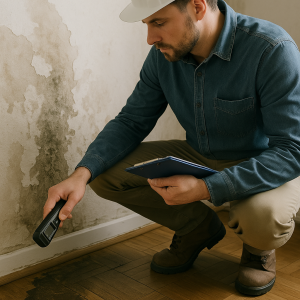

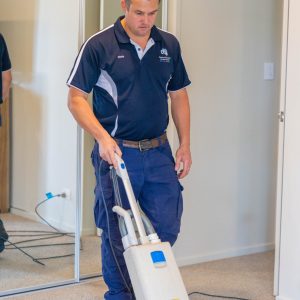
Reviews
There are no reviews yet.